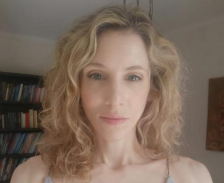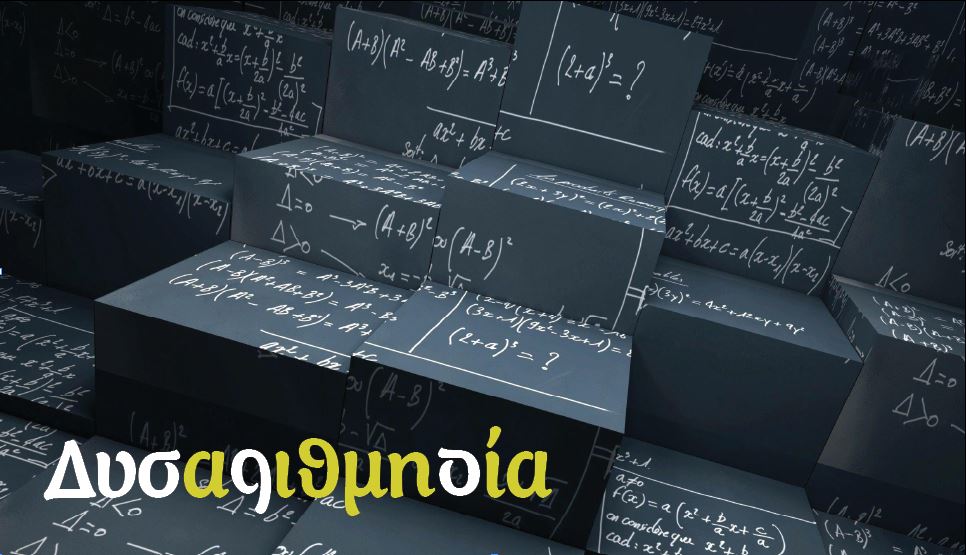Emerging at the beginning of our century, the fourth industrial revolution that is unfolding has democratized access to information but has also brought a prolonged socioeconomic crisis that has changed everyone’s priorities and pushed education off the headlines. This reality has affected both identity and language, which is the written or spoken communication used to express an individual’s sense of self (Sharma, 2014). The term ‘digital native,’ coined by Marc Prensky, an American writer and speaker on educational matters, refers to this new type of thinker and learner who is a born computer user and whose language learning follows a different course from that of previous generations, resulting in differing cognitive functioning (Prensky, 2001). How many times have we heard: “I’ve learned English by gaming or watching movies”? Still, as we have also noticed, “English is among the easiest languages to speak badly, but the most difficult to use well.” (Sharma, 2014).
Professional Development Opportunities: Formal education and continuous learning
The 2005 CEE Conference and Policy Summit posits that teaching now has to encompass multiple fields. Various approaches in ELT have been adopted over the last decades to accommodate the changing needs and attitudes of students, but some have not been fully explored yet, such as the contribution of psychology. The appearance of Master’s degrees in Educational Psychology is no coincidence, seeing that “today’s teachers face unprecedented issues as they enter the classroom” (Altan, 2018). The field of psychology, as mentioned by Fitria (2024), can give insight into the different factors that affect students’ learning, like their personality, behavior, motivation, mindset, readiness, and learning challenges, at the same time that it enables teachers to draw upon the resources that can make them more effective, like inclusive learning practices and applicable classroom management skills.
The transformative and expressive potential of art, on the other hand, remains largely untapped, even though its therapeutic power has been discovered since ancient times, when the sanctuaries of Asclepius were built close to theaters, conservatories, and other places of artistic interest (Δαφέρμος, 2010). In Greece, we have witnessed its banishment from the school curriculum in favor of other subjects considered necessary up to now. However, the requirements of the future job market, especially with the advent of AI, are pointing in a different direction. Content creation, for example, calls for some artistic flair and can be used as an educational tool but also for teachers’ self-promotion.
Challenges when pursuing professional Development and Solutions
As observed by Hallman (2017), in times when educators are questioning their choice to enter the field and must deal with ill-conceived regulations, the general, uninspired curriculum, and hostile institutions that significantly limit their ability to intervene in problematic situations and have an impact on a student’s life, teacher training is not enough and mentorship is required to bridge the gap between teacher education and what is actually needed in a specific classroom. It is added that teachers who are not willing to challenge the current educational framework or are internalizing the norms of a problematic context will not be able to bring about any positive transformation.
Another challenge when pursuing professional development is the effect of the teacher’s personality on the learning process. As was observed by Altan (2018), even the most popular personality type for a teacher, ENFJ followed by ENFP according to the Myers-Briggs Type Indicator, who is capable of reading the room better than others, struggles with self-awareness. It is therefore concluded, in this study, that educators can benefit from understanding the impact of their personality on their teaching so that they can adapt and thrive as advocates of lifelong learning.
The Impact on Students and Overall Learning Experience
To wrap everything up, teaching today requires greater effort and resourcefulness to find efficient methods and creative ideas to keep students engaged when there is a plethora of options available with the click of a button. Recent studies (Suzuki, S., Yasuda, T., Hanzawa, K., and Kormos, J., 2022) have shown a correlation between creativity and a variety of communicative, lexical, and structural components in the speaking competence of L2 learners. Creativity, in this case, is defined, according to the cognitive but also the social-personality approach, as appreciation for original thinking, the ability to come up with novel ideas, and effective decision-making.
According to the 2005 CEE Conference and Policy Summit, teachers can be the agents of change who can train students to be literate, creative, and able to contribute to the cultural, social, and economic well-being of their communities. They can also teach students to be active, critically thinking citizens of a complicated, diverse, and increasingly globalized world. In Piaget’s words, as the Director of the International Bureau of Education in 1934, “Only education is capable of saving our societies from possible collapse, whether violent or gradual.”




